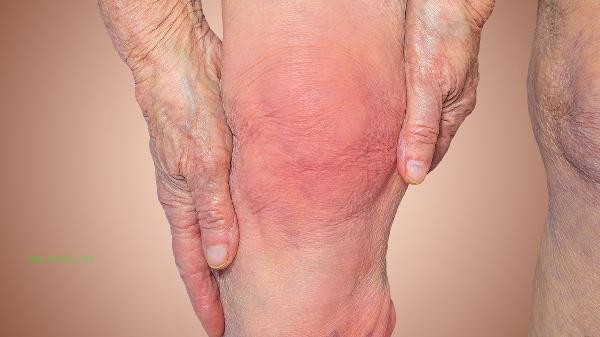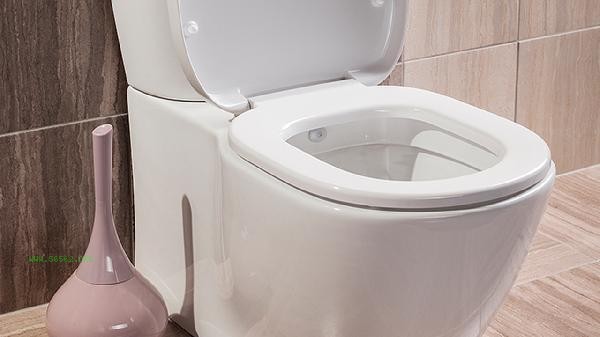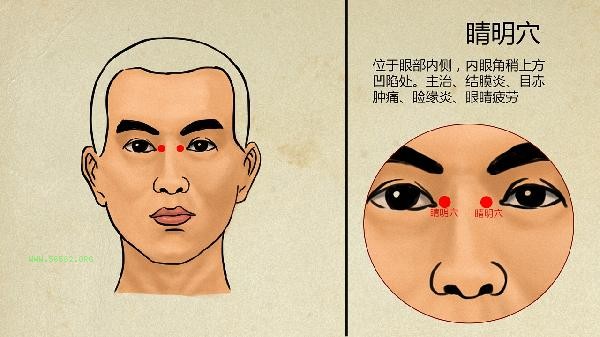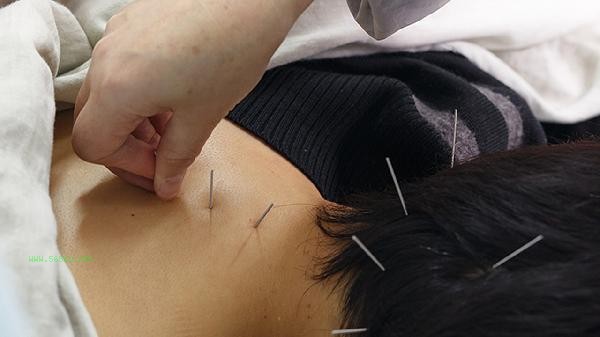Compared to liposuction, liposuction is more prone to rebound because the number of fat cells decreases after liposuction, but the remaining fat cell volume may increase. In contrast, liposuction uses minimally invasive techniques to evenly treat fat, resulting in a lower risk of rebound. Controlling diet, strengthening exercise, and regular check ups are key to preventing rebound.
1. Differences in principles between suction and liposuction
Suction uses minimally invasive techniques to uniformly destroy and aspirate fat cells through negative pressure suction, with minimal trauma, fast recovery, and a tightening effect on the skin. Liposuction is a surgical procedure that directly removes fat cells, rapidly reducing local fat mass, but with greater trauma and longer recovery time. Ring suction provides more uniform treatment of fat and higher postoperative skin smoothness, while liposuction may cause local unevenness.
2. Analysis of the reasons for rebound
After liposuction, the number of adipocytes decreases, but the remaining adipocytes increase in volume when there is excess energy, leading to rebound. Ring suction reduces the possibility of local fat accumulation by evenly treating fat. Postoperative unhealthy lifestyle habits such as high calorie diets and lack of exercise can also increase the risk of rebound. After suction, the skin tightness is higher, which helps maintain body shape.
3. Methods to prevent rebound
In terms of diet, it is recommended to adopt a low calorie, high fiber diet structure, such as increasing the intake of vegetables, fruits, and whole grains, and reducing high sugar and high-fat foods. In terms of exercise, engage in at least 150 minutes of moderate intensity aerobic exercise per week, such as brisk walking and swimming, combined with strength training to enhance muscle metabolism. Regular follow-up can promptly identify problems and adjust postoperative management plans.
4. Postoperative precautions
After surgery, it is necessary to wear shapewear to help tighten and shape the skin. Avoid vigorous exercise to prevent wound infection. Maintain sufficient sleep to promote physical recovery. Regular follow-up visits, monitoring of fat distribution and skin condition, and timely adjustment of postoperative care plans. Postoperative psychological regulation is also important, maintaining a positive mindset can help maintain long-term effects. Both suction and liposuction have their advantages and disadvantages, but suction has a greater advantage in terms of rebound risk. Postoperative management is the key to determining the outcome, and reasonable diet, regular exercise, and regular follow-up are all indispensable. Choosing the appropriate surgical method and combining it with scientific postoperative management can achieve the desired shaping effect and maintain it for the long term.








Comments (0)
Leave a Comment
No comments yet
Be the first to share your thoughts!